Graham Reid | | 5 min read

Some years ago I drove from Alice Springs to Uluru, a journey which is longer and more interesting than some might believe. Especially if – as I did – you detour to spend the night in a remote camp and stop frequently to walk through the ever-changing desertscape which is so easy to cruise past in air-conditioned comfort.
Far from being an arid landscape of stony and dusty plains, the aspects constantly change and punctuations of burned-out cars, odd signage (“flood plain”) and desiccated bodies of cows and kangaroos make for a fascinating roadtrip taken slow.
At Uluru you of course encounter tour buses and crowds, but that's the price you pay.
I've never been averse to seeing The Great Sights of the World.
I'd feel poorer for not having been inside Yorkminister, the Coliseum or Yankee Stadium. Or having flown over Hawaii's' Napali Coast.
But there's also considerable merit in a quiet contemplation of the natural world, most especially if you are alone.
Oddly enough it wasn't hard to be alone at Uluru despite the scores, if not hundreds, of other visitors.
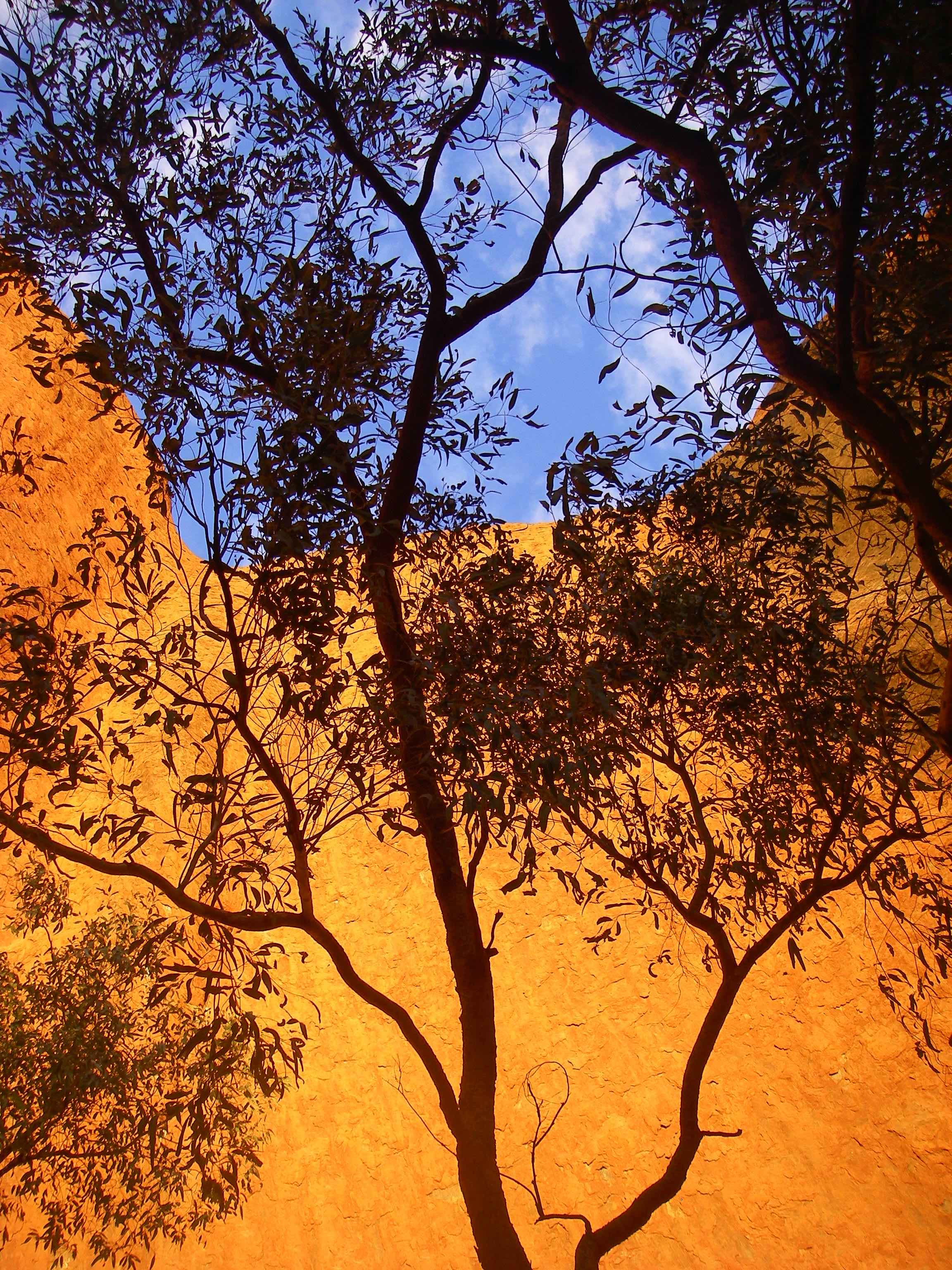 At dusk on a particular siding the vans, cars and tripods clutter the space with the majesty of Uluru shimmering in the last light of the day. It is almost deafening here with the whirr of shutters, the fizz of beer cans being opened and the happy chatter of all these people seeing and photographing exactly the same thing.
At dusk on a particular siding the vans, cars and tripods clutter the space with the majesty of Uluru shimmering in the last light of the day. It is almost deafening here with the whirr of shutters, the fizz of beer cans being opened and the happy chatter of all these people seeing and photographing exactly the same thing.
I didn't stay but instead drove to the base of Uluru where there was no one. Literally no one else other than me and a couple of dogs.
I walked around this astonishingly beautiful-- and yes, spiritual – piece of rock as it glowed a kind of honey-gold against the blue sky above where trees were just dark shapes against the rock which looked dusty and fragile.
I sat and watched the light change, the colours deepen as the silence became more profound. Just before dark I heard a voice, a fellow had seen my car and said the carpark was closing.
I drove away, past the siding where the photographers and those barbecuing were packing up, and went back to my small room where I lay in the quiet and thought about what I'd seen and experienced.
This is a different kind of travel and something a world removed from The Great Sights with their crowds, or a writer telling us how wonderful the resort in Fiji is . . . with the coda being the resort sponsor's name.
All this is to say, it is exactly this kind of travel – philosophical more than photographic or Facebooking – which attracts me to the writing of internationally acclaimed New Zealand designer David Trubridge.
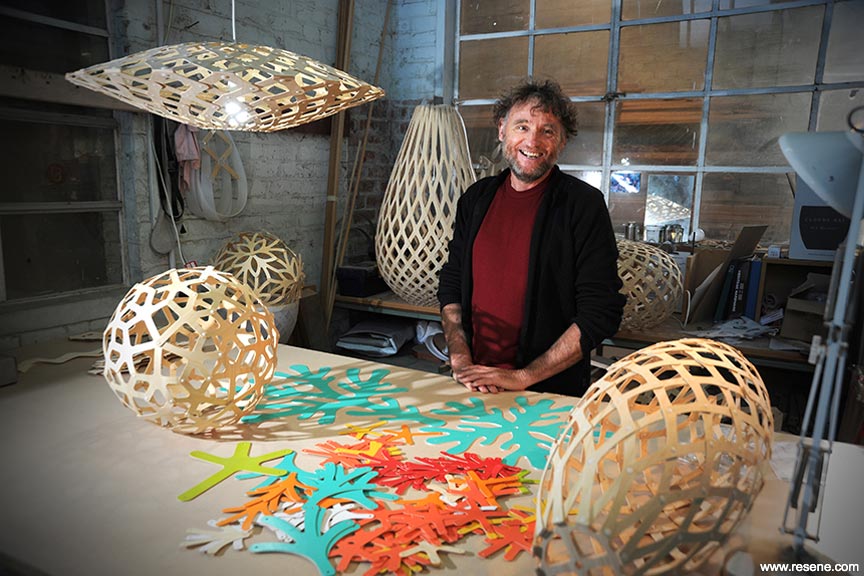 This is him in a passage about Stockholm – a city I know reasonably well – with his unique take.
This is him in a passage about Stockholm – a city I know reasonably well – with his unique take.
“Every time I come to Europe, I get the sense that it is a culture that has lived out its time and is now easing into retirement, it consumes theme-park entertainment, feeding off the past . . . Visitors wander the streets buying ice creams, gazing at old museum artifacts and yes, consuming art.
“I am an artist: I believe in the power and importance of art. Yet consumption of art can be another way of living life vicariously from the passion of others – through manufactured experiences.
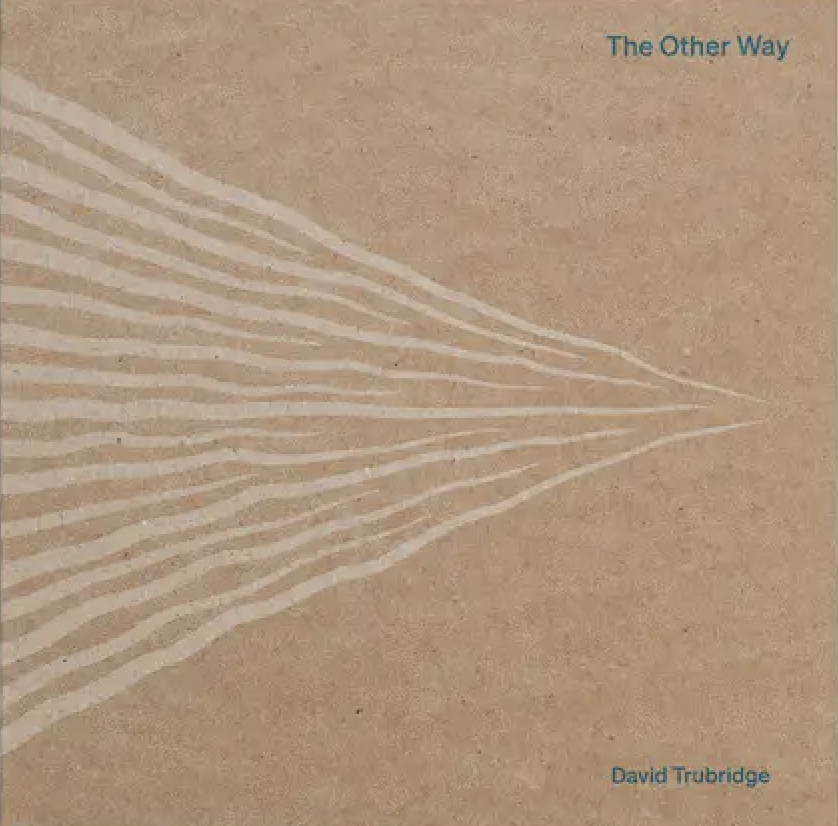 “People crowd the streets of towns such as Florence or Venice, gathering in noisy trattoria, going from one museum of stunning and immaculately conserved art to another, pausing in religious awe at churches or cathedrals, and sitting in sidestreet cafes where the din of scooters echoes down the looming stone walls.
“People crowd the streets of towns such as Florence or Venice, gathering in noisy trattoria, going from one museum of stunning and immaculately conserved art to another, pausing in religious awe at churches or cathedrals, and sitting in sidestreet cafes where the din of scooters echoes down the looming stone walls.
“They are connoisseurs of food and art and history, but their experience is focused on human endeavour, or accomplishment, remaining in the realm of our own sense of importance and hubris.”
Ouch!
But then he continues: “This is in contrast to the humbling awe of nature where we find real, direct experience, unmediated and undiluted by what other have created”.
And here is the nub of Trubridge's philosophy and thoughts in The Other Way, illustrated by evocative photographs which mostly avoid the grand sweep of landscapes for a close attention to small details of rock, stone, bark, tree trunks and snow.
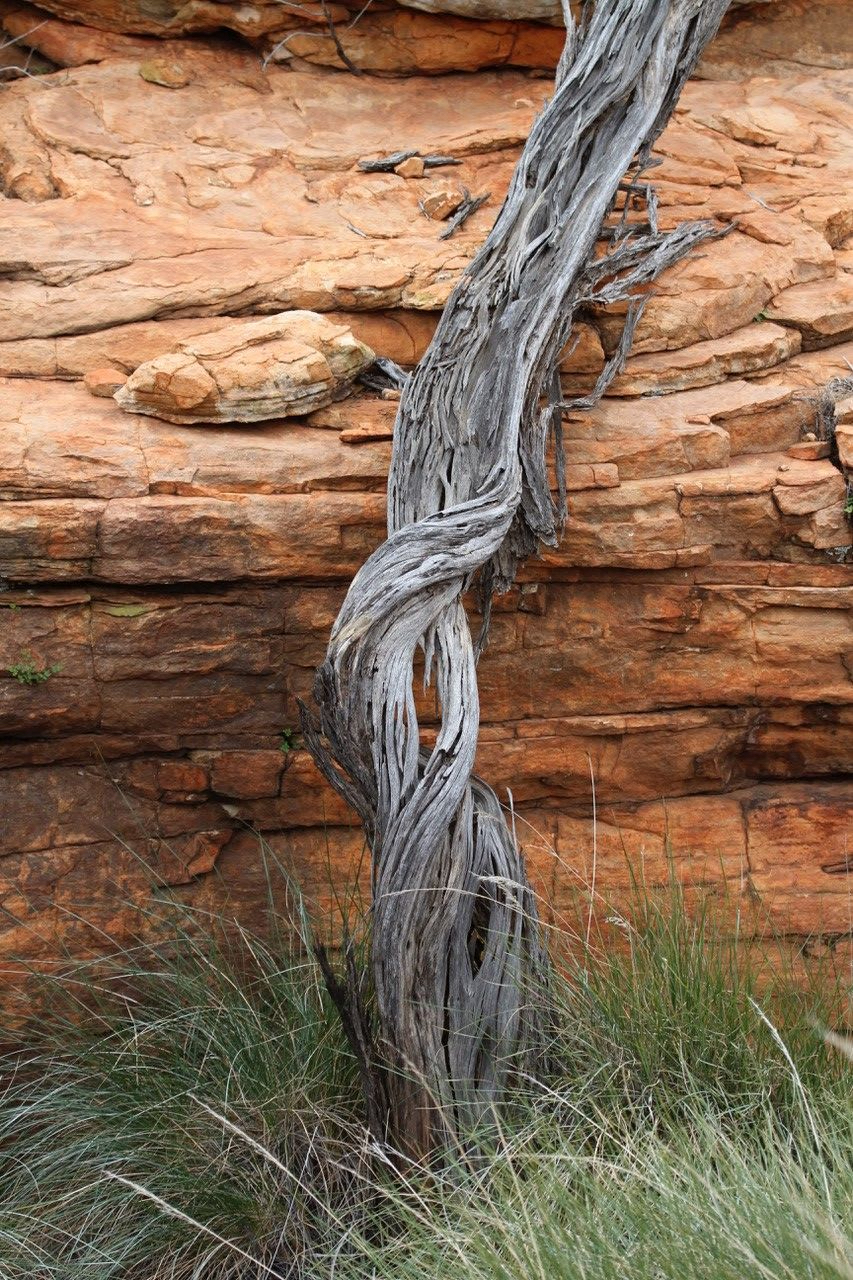 Trubridge travels to various parts of Aotearoa, Iceland, Patagonia, Rapa Nui (an especially interesting chapter), Alaska, remote Australia and other places where he takes himself close to the natural world to write about how interdependent Man and Nature are. (As the old hippie poster used to say about God, if you don't feel close, “guess who moved?”)
Trubridge travels to various parts of Aotearoa, Iceland, Patagonia, Rapa Nui (an especially interesting chapter), Alaska, remote Australia and other places where he takes himself close to the natural world to write about how interdependent Man and Nature are. (As the old hippie poster used to say about God, if you don't feel close, “guess who moved?”)
In penetrating but clear prose he writes about the beauty and necessity of silence and contemplation, of how some cultures co-existed with their natural world (the most obvious example being the Aboriginal people of Australia who over 60,000 years left the land undisturbed and undamaged) and how colonization and the Anthropocene Era has wrought irrevocable change.
“The evolution of homo sapiens has been a series of trade-offs. It seems to me that each gain has also turned out to be a wedge driven between us and nature”.
He itemises language (naming of objects), farming (animals reduced from wild equals to subservient possessions), religion and industrialisation as key wedges.
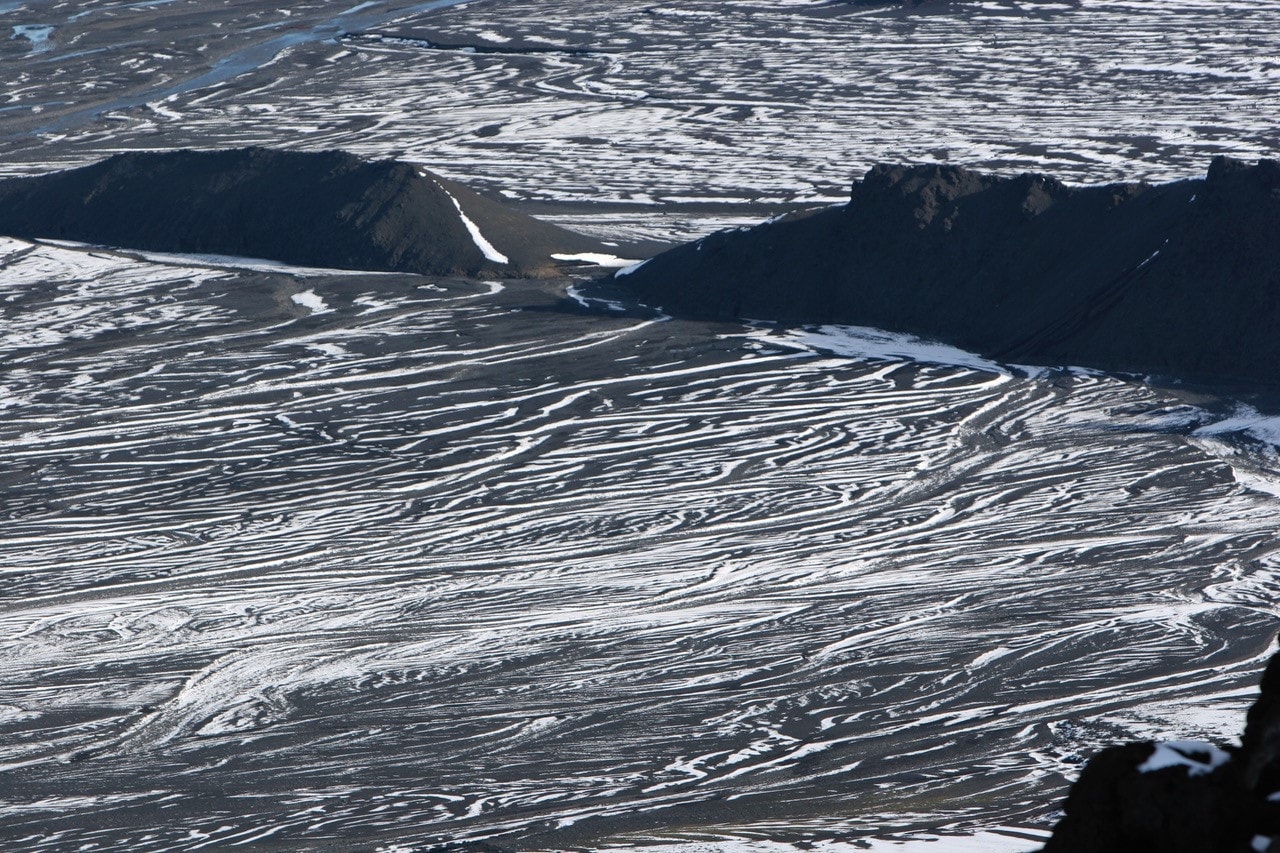 Trubridge ties all these thoughts (and many more) together with personal stories (the first person pronoun drives the text in prose and sometimes poetic passages) from places he has been, and at times the pages sing like a love song to the natural world and its wonders, indifference, scale or beauty.
Trubridge ties all these thoughts (and many more) together with personal stories (the first person pronoun drives the text in prose and sometimes poetic passages) from places he has been, and at times the pages sing like a love song to the natural world and its wonders, indifference, scale or beauty.
Certainly you should take time for The Great Sites – there's a reason why people want to see Petra or The Painted Desert – but Trubridge offers some serious ideas to consider about travel and, more importantly, how we live on this planet.
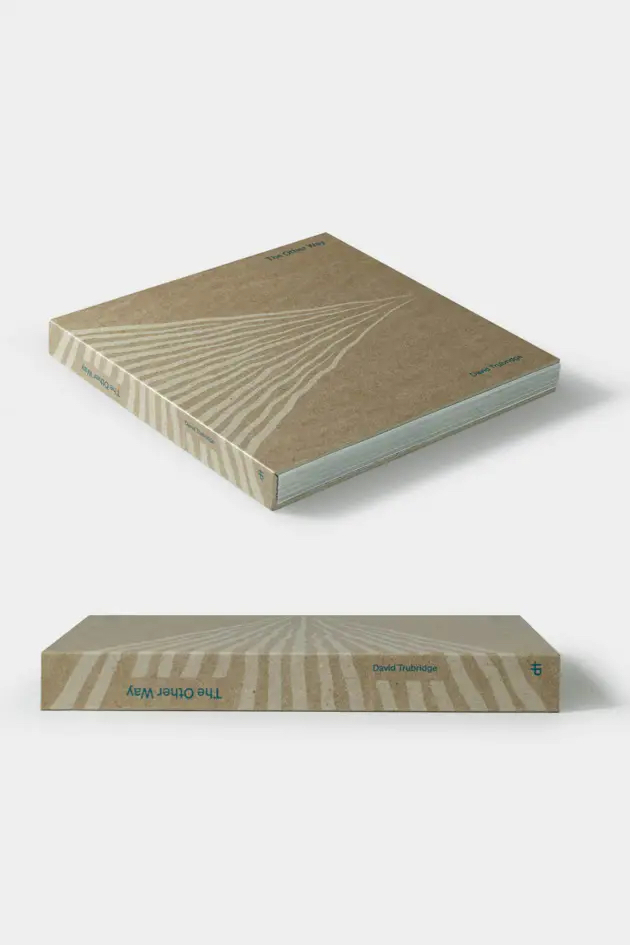 The Other Way is a book – like travel, if you can do it that way – best enjoyed slowly.
The Other Way is a book – like travel, if you can do it that way – best enjoyed slowly.
Take your time with these large-format pages.
Pause over paragraphs.
Pull over to the side of the road and walk with him into the silences.
This is a travel book that isn't one.
But it will take you on journeys, just not ones you might expect.
.
The Other Way by David Trubridge is available from his website here. All images here aside from that of Uluru are by David Trubridge.
.
Trubridge has written for Elsewhere previously, see here.
.
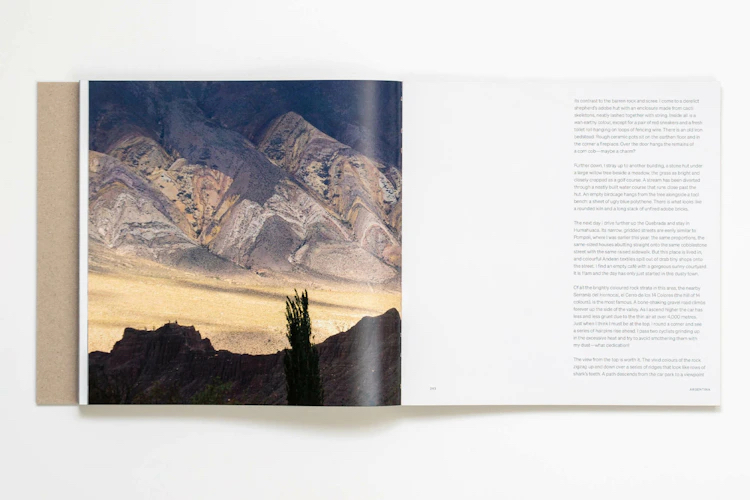

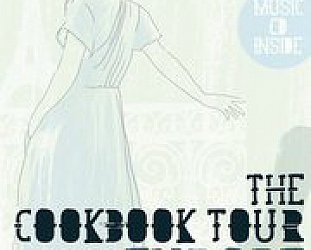
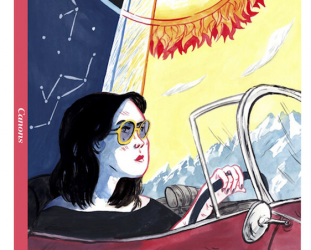
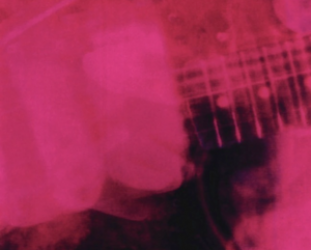

post a comment